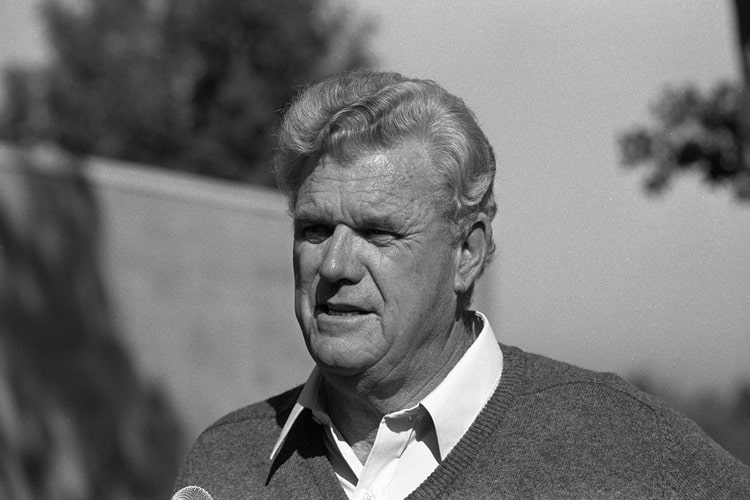Celebrating life and legacy of Richard E. Taylor

Richard E. Taylor (2 November 1929 – 22 February 2018), was a Canadian physicist and Stanford University professor. He was awarded the Nobel Prize in Physics in 1990.
Life and Career
Richard E. Taylor was born on November 2, 1929, in Medicine Hat, Alberta, Canada. He grew up in a supportive family. Taylor’s academic journey began at the University of Alberta, where he earned his Bachelor of Science degree in 1950. He later pursued graduate studies at Stanford University in the United States. In 1962, Taylor completed his Ph.D. in nuclear physics at Stanford University, where he conducted research using the linear electron accelerator. His doctoral work set the stage for his later groundbreaking experiments.
Taylor joined the Stanford Linear Accelerator Center (SLAC) in 1962. He played a pivotal role in a series of experiments at SLAC, which led to significant discoveries in the field of particle physics. In the 1960s, Taylor, along with collaborators, conducted experiments that revealed the substructure of nucleons (protons and neutrons). This work provided critical insights into the internal structure of matter. In 1990, Richard E. Taylor, along with Jerome Friedman and Henry Kendall, was awarded the Nobel Prize in Physics for their pioneering experiments that demonstrated the existence of quarks, the fundamental constituents of protons and neutrons.
Taylor was not only a prolific researcher but also an influential educator. He held various academic and administrative positions throughout his career, contributing to the development of the field of particle physics. Taylor was a strong advocate for scientific research and education. He played an active role in promoting science and supporting research funding and infrastructure. Richard E. Taylor passed away on February 22, 2018, in Stanford, California, at the age of 88.
Award and Legacy
Richard E. Taylor was awarded the Nobel Prize in Physics in 1990, jointly with Jerome Friedman and Henry Kendall. They were honored for their pioneering experiments that provided the first direct evidence for the existence of quarks, the fundamental building blocks of protons and neutrons. Their work significantly advanced our understanding of the structure of matter at the subatomic level.
Richard E. Taylor’s legacy lies in his profound impact on the field of particle physics. His experiments at the Stanford Linear Accelerator Center (SLAC) were instrumental in revealing the substructure of protons and neutrons, which led to the discovery of quarks. This work transformed our understanding of the fundamental particles that make up the universe.
Taylor’s research significantly advanced scientific knowledge and helped to confirm the validity of the quark model in particle physics. His contributions were pivotal in establishing the Standard Model, the theory that describes the fundamental particles and forces in the universe.
His dedication to scientific research, advocacy for education, and leadership in the field serve as an inspiration to aspiring physicists and scientists. Taylor’s legacy continues to motivate and guide future generations of researchers, encouraging them to push the boundaries of human knowledge in the pursuit of understanding the universe.
Observer Voice is the one stop site for National, International news, Sports, Editor’s Choice, Art/culture contents, Quotes and much more. We also cover historical contents. Historical contents includes World History, Indian History, and what happened today. The website also covers Entertainment across the India and World.

